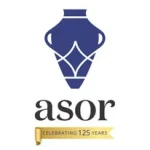
2024 Dana Grant Report: Study of Cultivation Strategies at Khirbet Beit Loya
Bethany Walker, University of Bonn
The site of Khirbet Beit Loya is located in the central lowlands of Israel. In the middle of this multiperiod site sits the medieval Islamic village: it occupies the summit of a low hill that offers view of Ashkelon and the Mediterranean coast, Gaza, and the Hebron hills. The extensive village ruins one sees today dates to the Mamluk era, having been suddenly abandoned sometime in the 15th century CE. With the funding provided by the Dana Grant for Israel, we are documenting cultivation strategies and soil enrichment practices from the nearby terraced fields (which are dated by OSL), and comparing them to crop processing and consumption practices in the village. The soil samples were taken from floors and middens of houses, a subterranean stable, and relic agricultural terraces and sent to three laboratories in the U.S. and Europe.
The macrobotanical work has been done by Dr. Kathleen Forste, a postdoctoral scholar at Brown University. Thirty flotation samples were collected in the field by the excavation team, and exported for analysis at Brown University. The first stage of analysis focused on the seeds, fruits, and plant parts. The crops identified are bread/hard wheat, barley, fava bean, along with barley rachis pieces (chaff), and a suite of seeds from wild plants that grow along hillsides and steppe areas (Bromus sp., bromegrass; Trifolium sp., clover) and others that typically grow as field weeds (Lolium cf. temulentum, darnel; Onobrychus sp., sainfoin). The presence of crop seeds, cereal chaff, and agricultural weed seeds suggests local cultivation and processing/cleaning of annual cereals and pulses. Notably absent from this assemblage are fruits such as olive, grape, and date, which were common staples in the past, just like today.
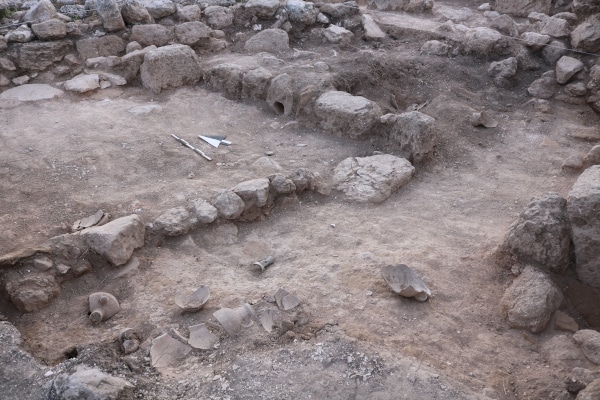
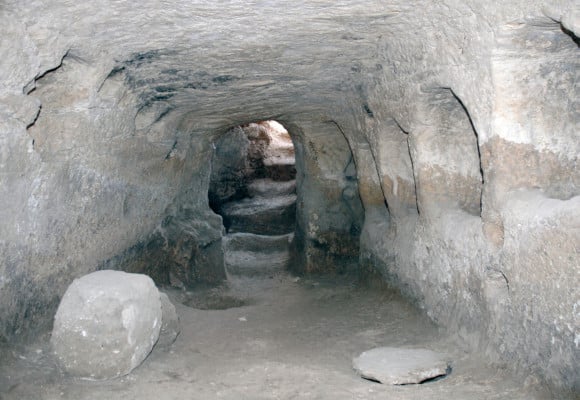
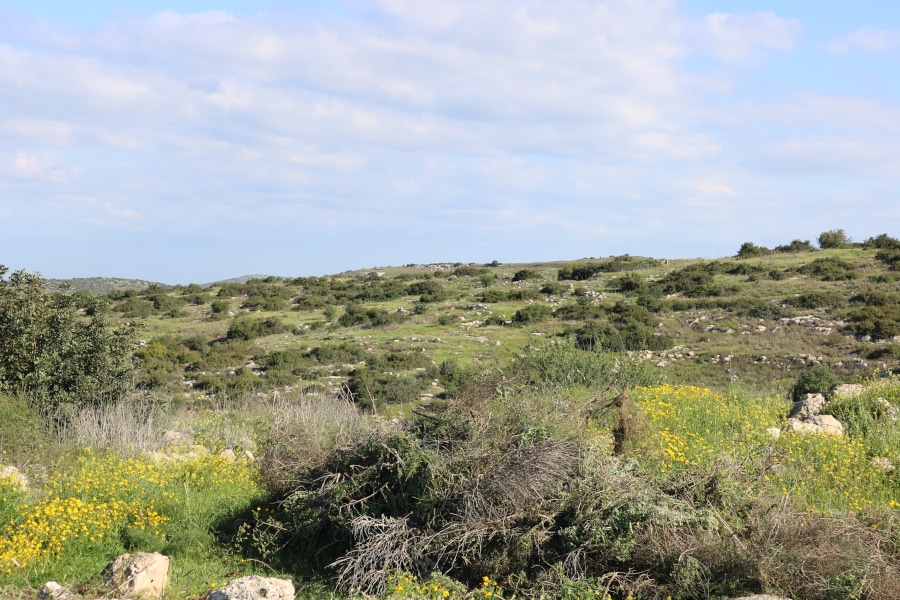
Outside of the domestic contexts, a comparison was made of the stable and terraces to determine whether the manure from animals raised at the site was used to fertilize the terraced fields (and which animal dung was preferred.) While this lab work is still underway, important preliminary patterns have emerged.
Nine such samples were processed by Dr. Ramona Mörchen (University of Bonn) for plant phosphate and nitrate analysis: six from the stable and three from a nearby agricultural terrace. The stable, unsurprisingly, produced the highest levels of plant-available phosphorus: up to ten times higher than in the terraced fields. Moreover, traces of animal dung (mainly from herbivores) were recovered from the stable floor and pits. The terraced fields, on the other hand, did not produce such markers of enrichment, indicating that they were likely farmed without the use of organic fertilizer.
The same nine samples were also subjected to dung spherulite, phytolith, plant isotope analysis, in order to study the siliceous and non-siliceous microremains. Samples were also analyzed by FTIR spectroscopy to determine their gross mineralogical composition. This work is being done by Prof. Rosa Maria Albert, of the Autonomous University of Barcelona (UAB). The mineralogical composition of the samples shows a high content of calcite, associated with siliceous minerals such as clay, quartz and opal. Phosphates have also been identified in some of the samples. In terms of microremains composition, the results show a high concentration of plant material, as evidence by the large presence of phytoliths, but also of water or very wet conditions, as indicated by the large amount of aqueous microreremains.
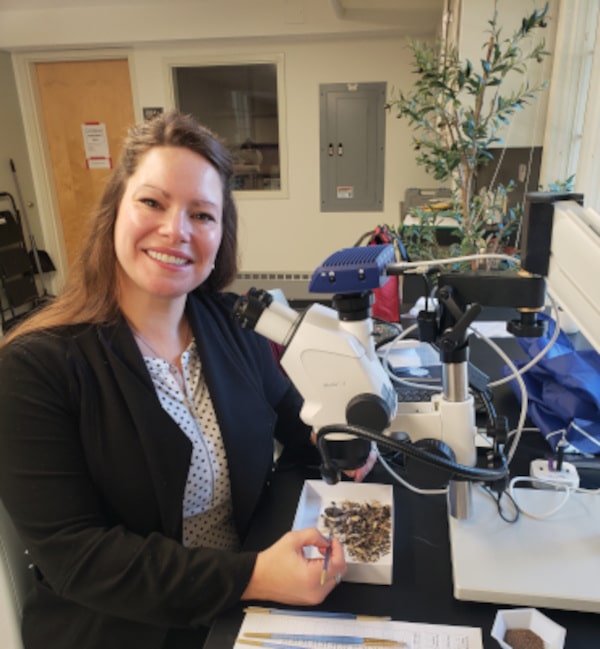
Latest Posts from @ASORResearch
Stay updated with the latest insights, photos, and news by following us on Instagram!
American Society of Overseas Research
The James F. Strange Center
209 Commerce Street
Alexandria, VA 22314
E-mail: info@asor.org
© 2025 ASOR
All rights reserved.
Images licensed under a Creative Commons Attribution-NonCommercial-ShareAlike 4.0 International License
